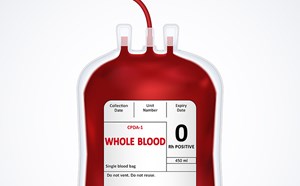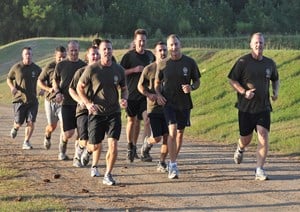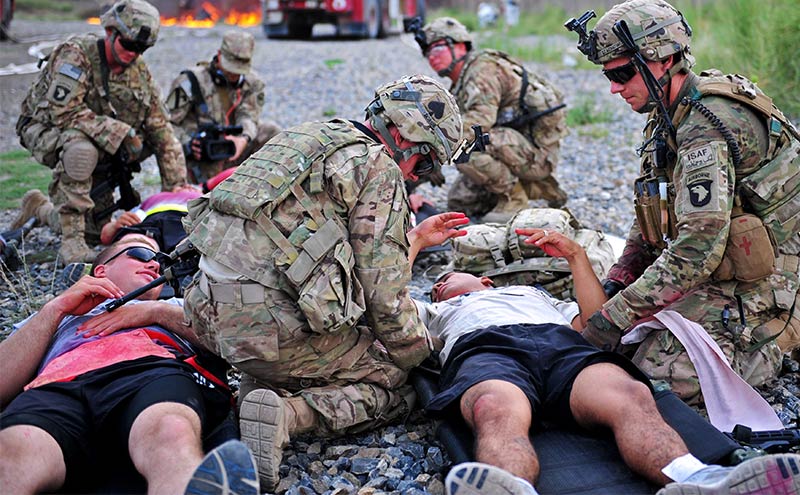
Lessons Learned in Tactical Combat Casualty Care- Afghanistan
Shane Kronstedt, MS1, SO-ATP, EMT-P1,2
- Rutgers Robert Wood Johnson School of Medicine
- Adjunct Tactical Instructor of Military and Emergency Medicine, Uniformed Services University of Health Sciences Medical School
Lorenzo Paladino, MD1
- SUNY Downstate Medical Center/Kings County Medical Center
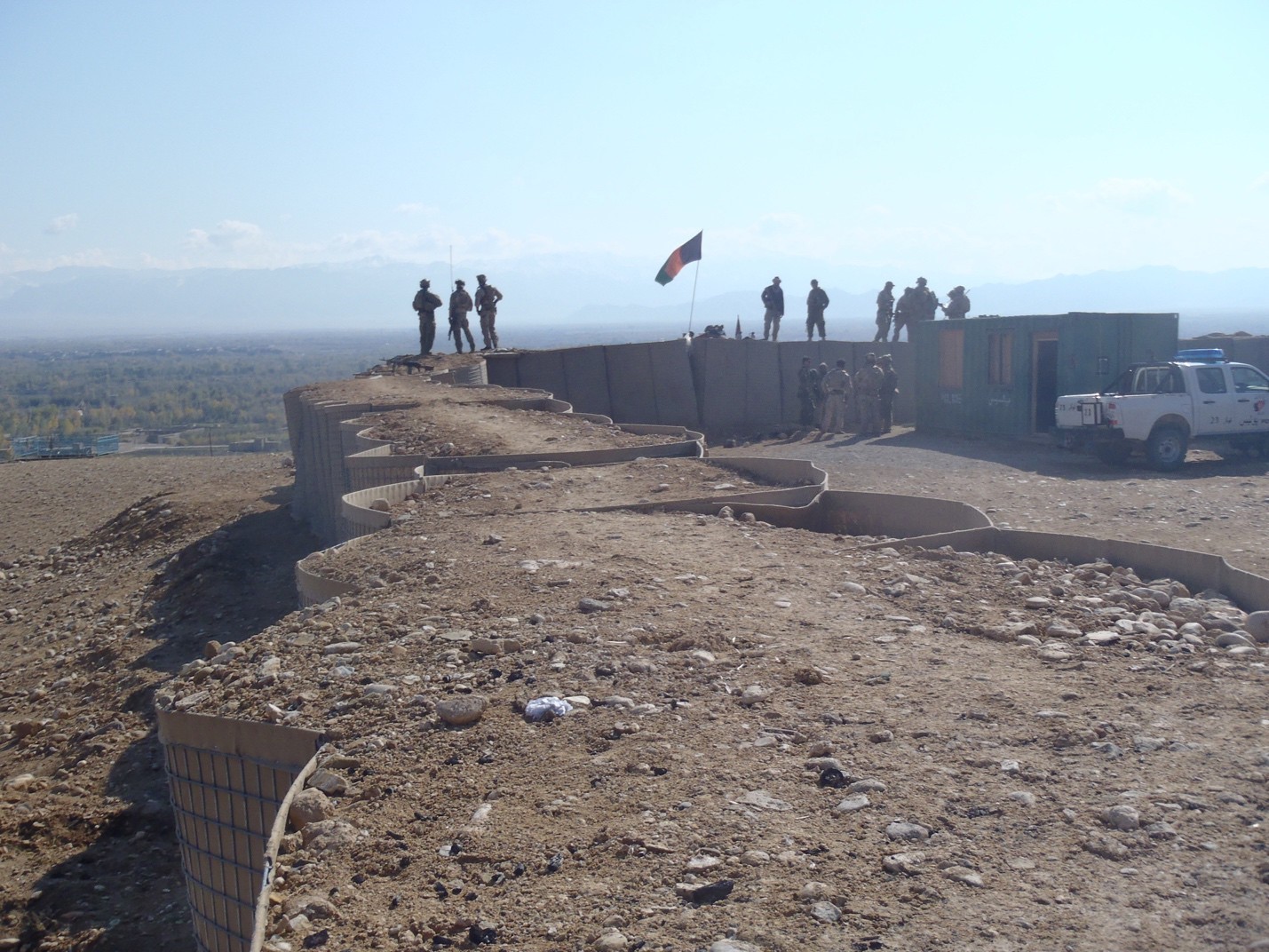
Abstract
Domestic terrorism events, such as the Boston Marathon bombing, make evident that lessons learned from the recent conflicts in Afghanistan and Iraq deserve a role in disaster medicine management and mass casualty situations where resources are limited. Additionally, tactical considerations can be taken from military combat medicine and be translated into the Tactical EMS environment where they are also required.
Introduction
While conducting operations in Afghanistan, a partner force soldier suffered a traumatic blast injury when a rocket-propelled grenade (RPG) detonated in his vicinity. A military-aged male, approximately in his twenties, was found at the site of the blast with bilateral lower leg amputations – one above the knee and one below the knee. The soldier also suffered from a concussion, a left humerus fracture, multiple lacerations to his left leg and gluteal region, and fragmentation wounds spanning from his lower left back to his thigh.
Despite the gruesome injuries, it is vital to adhere to the MARCH acronym which emphasizes prioritizing massive bleeding before other interventions. Staying focused and applying the basics is what ultimately saved this man’s life. It is of equal importance to maintain tactical and situational awareness in dynamic and tactical emergency medical situations.
Case
While approaching our objective we were fired upon by rocket-propelled grenades on numerous occasions. During the key leader engagement meeting, the scene was quiet. While preparing to leave, the assaults began again with sounds of explosions and mortar attacks. Over the radio, we were told that there were mortars being launched from a specific compound known to the key leaders. Shortly after, there was notably a casualty sustained. Calls were made on the radio for a medic to respond. Unfortunately, we were not able to suppress the mortar fire and would have to take action to save the man’s life.
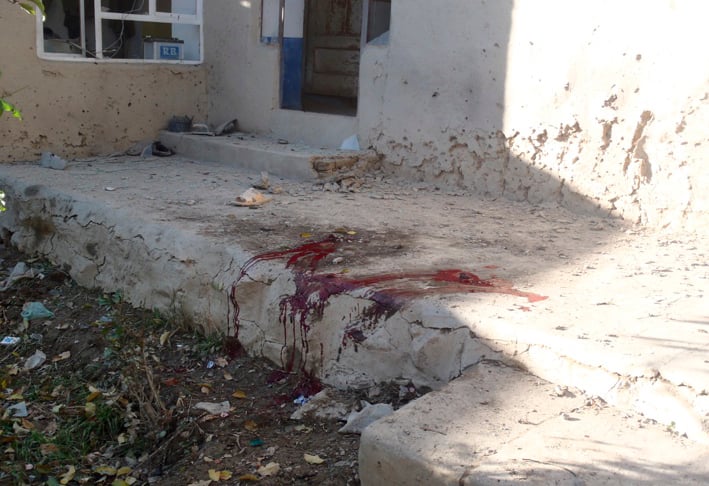
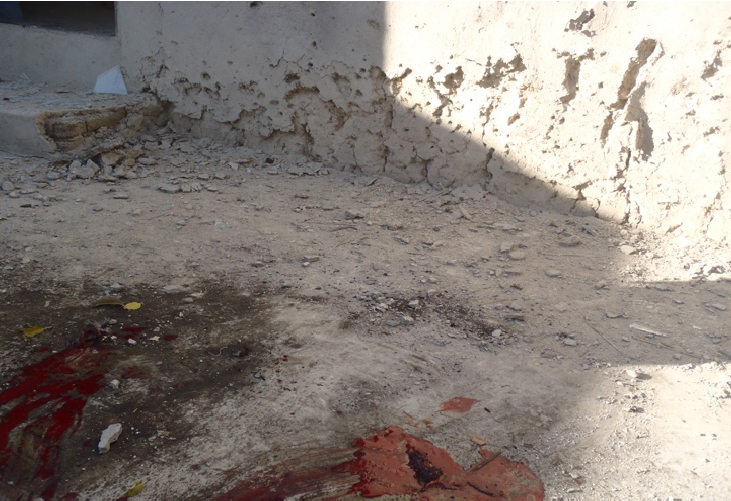
Due to the unconfirmed source of the explosion at the time of the event, an Explosive Ordnance Disposal (EOD) member and his Afghan counterpart cleared a path to the injured soldier to prevent triggering any potential improvised explosive devices on the way. The EOD members both applied one tourniquet to each leg (per our protocol to apply tourniquets to full or partial amputations) and moved the patient out of the initial point of injury. We set a location to meet over the radio at a covered structure, while others worked to start getting an evacuation asset spun up. These communications were done on different lines of our radios to avoid clogging up the network.
We met at the covered structure and the patient presented with concussive symptoms, one above the knee full amputation, one below the knee amputation, a left humerus fracture, fragmentation wounds to the lower left side of the body, and lacerations to the left thigh and gluteal region. The first step was to reassess any previous treatments rendered. The tourniquets were very close to the site of the injury and were not tight enough. I placed new tourniquets high above the wound and removed the previous ones. This was to ensure that there were no injured vessels above the site of the initial tourniquet since the blast likely projected its damage upward and proximally.
Initially, in blast injuries a more proximally placed tourniquet is preferred until a more detailed assessment can later be made to place it more distally.
While it was still a somewhat permissive area, I worked quickly to assess the patient for any other life-threatening injuries and made communications through our radio-man to relay the injuries sustained in a “MIST Report” followed by a 9-line medevac.
MIST Report:
M – Mechanism of injury (IED, GSW, RPG, MVC, etc.)
I – Type of Injury (Injuries sustained)
S – Signs/Symptoms (any S/S found as well as Vital Signs)
T – Treatments rendered (ketamine, tourniquets, etc.)
9-Line Medevac:
Line 1. Location of the pick-up site.
Line 2. Radio frequency, call sign, and suffix.
Line 3. Number of patients by precedence:
A – Urgent
B – Urgent Surgical C – Priority
D – Routine
E – Convenience
Line 4. Special equipment required:
A – None
B – Hoist
C – Extraction equipment
D – Ventilator
Line 5. Number of patients:
A – Litter
B – Ambulatory
Line 6. Security at pick-up site:
N – No enemy troops in area
P – Possible enemy troops in area (approach with caution)
E – Enemy troops in area (approach with caution)
X – Enemy troops in area (armed escort required)
* In peacetime – number and types of wounds, injuries, and illnesses
Line 7. Method of marking pick-up site:
A – Panels
B – Pyrotechnic signal
C – Smoke signal
D – None
E – Other
Line 8. Patient nationality and status:
A – US Military
B – US Civilian
C – Non-US Military
D – Non-US Civilian
E – EPW
Line 9. NBC Contamination:
N – Nuclear
B – Biological
C – Chemical
* In peacetime – terrain description of pick-up site
After communications were effectively established with higher headquarters command relaying the gravity of the situation, we requested an urgent air evacuation. While I rendered my last few treatments to the patient, I received notice that we were denied an evacuation and were advised to perform our own ground transportation of the patient. The patient definitively needed surgery from a team of physicians and surgeons in a hospital-based setting. In order to not delay transport, I wrapped up what I was doing and packaged the patient up in a winter blanket and hypothermia prevention and management kit. The patient was immediately turned over for a ground transport with good documentation of injuries and interventions. He ultimately survived his wounds after reaching his next level of care.
Discussion
Steps/Considerations in Tactical Casualty Care:
- Neutralize the threat if possible, to prevent any further injuries or casualties.
- Get to the patient safely without suffering an injury yourself. This is especially important if the patient suffered a traumatic injury due to a blast or is still in the field of fire where he/she was shot.
- Importantly, avoid treating them at the place you initially found them wounded. Remove the patient from the environment he/she was injured in and bring them to cover - a safe location where you can treat them without any worry of sustaining an injury yourself.
- Quickly assess and treat any life-threatening injuries in the order of what will kill the patient the fastest, which is typically in the order of a massive hemorrhage/arterial or profuse bleeds, airway, breathing, and circulation. The use of tourniquets and an emergency surgical airway (cricothyroidotomy) if indicated would be appropriate in this step. Tourniquets should be placed high and tight in initial situations where safety is a concern and appropriately reassessed for a more distal application when tactical considerations allow.
- Communicate with your team so they are aware of the casualty and injuries sustained and can help prepare for evacuation/transport.
- Try to use different channels of communication to allow medical support, medical evacuation assets, and team leaders to communicate effectively without competing for air space.
- If you are in a good location and do not need to relocate, continue your assessment, and treat as needed.
- Based upon timelines for evacuation/movement, prepare appropriately and timely. In a depressurized flight evacuation, considerations should be made for skull fractures, pneumothoraxes, IV bags, and airways with air-filled balloons.
- Environmental precautions should be taken for poor weather, albeit, all trauma patients should benefit from rewarming/hypothermia management.
- Documentation that will follow the patient should be annotated prior to a turnover. Importantly, at a minimum, tourniquet times and any drugs or fluids that have been administered should be noted.
- Avoid delaying transport to definitive care, if at all possible. Next to your initial care, this is where they will receive the most benefit.
Conclusion
Despite the gruesome injuries, it is vital to stick to the principles of MARCH. Staying focused and applying the basics is what ultimately saved this man’s life. It is of equal importance to maintain tactical and situational awareness in dynamic and tactical emergency medical situations.

